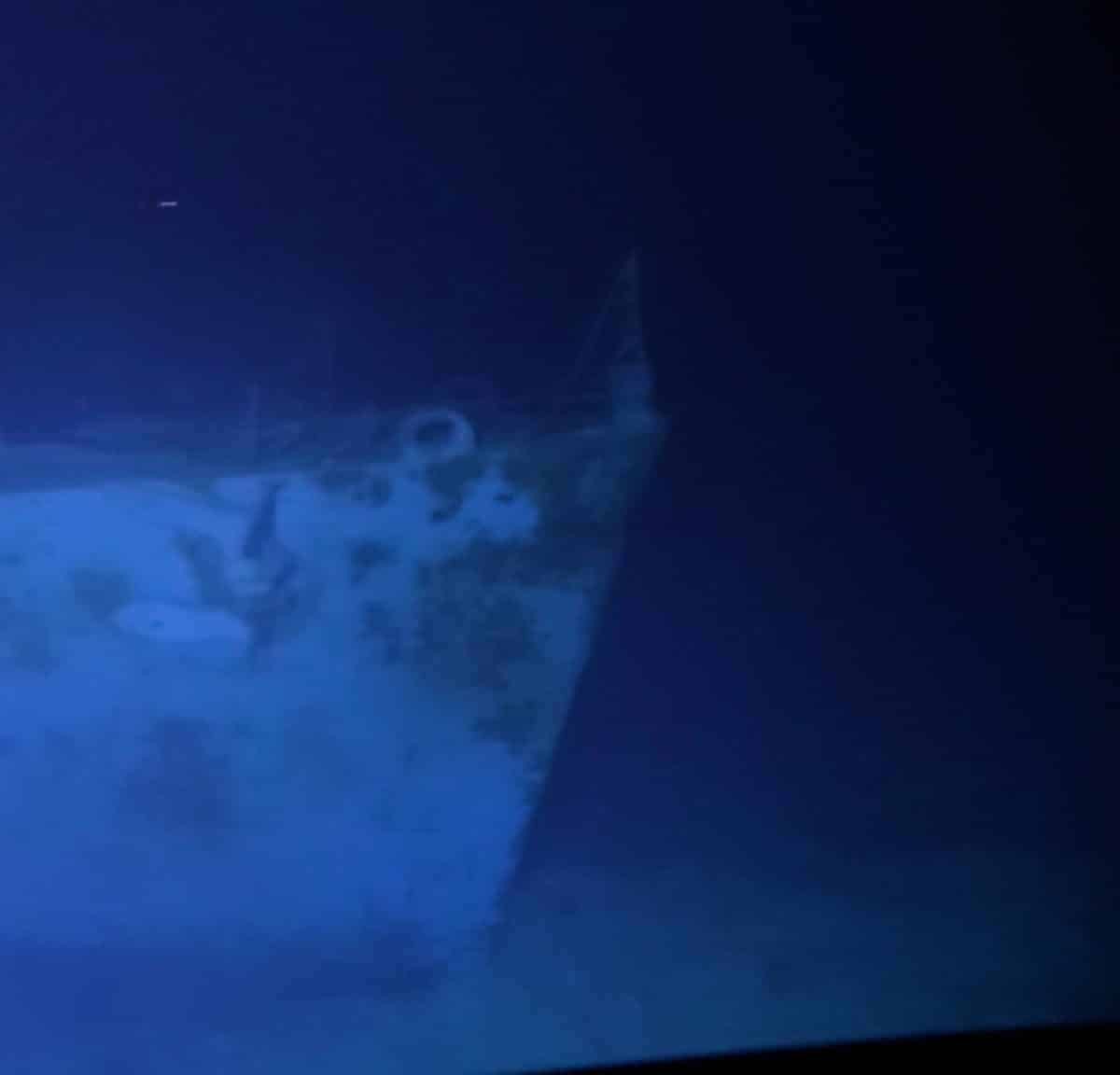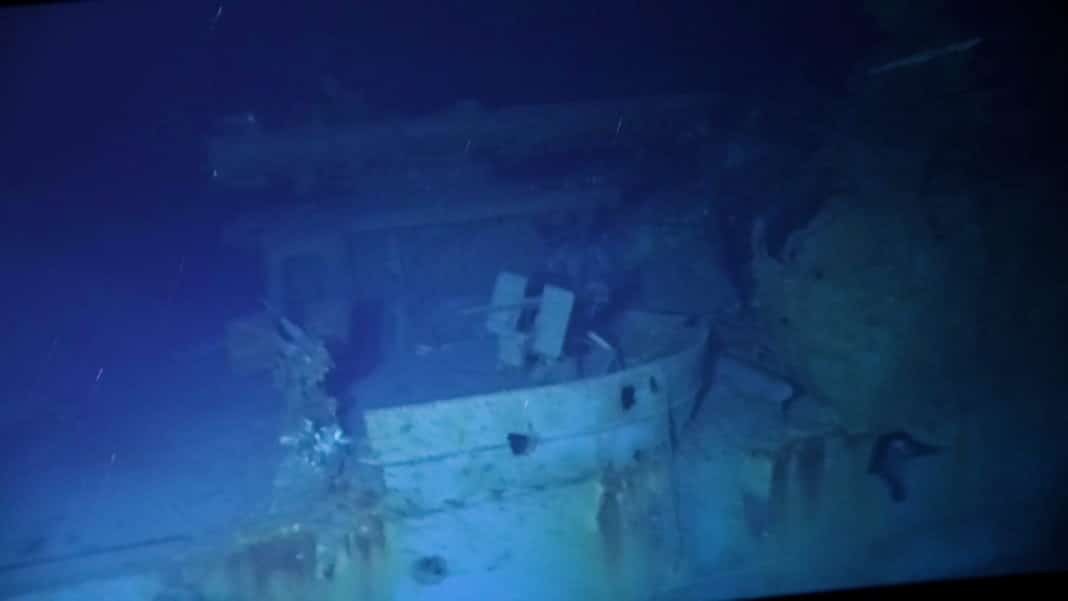A mission sponsored by undersea technology company Caladan Oceanic and led by entrepreneur, explorer and retired U.S. naval officer Victor Vescovo has announced they have identified a section of wreckage belonging to a World War II destroyer and is the deepest shipwreck ever found.
The Fletcher-class destroyer USS Johnston (DD 557) was lost at the Battle off Samar, part of the Battle of Leyte Gulf, on Oct. 25, 1944.
Imagery from the site clearly shows the ship’s hull number 557, confirming the identity of the wreck.

According to U.S. Naval History and Heritage Command Director and retired Rear Admiral Sam Cox:
“The image is impressive and we look forward to seeing the rest of the data collected during the expedition because the story of the Fletcher-class destroyer USS Johnston (DD 557) and her crew is a perfect example for modern Sailors of the honor, courage, commitment, and valor of their predecessors from the Greatest Generation.”
The visit to the Johnston’s wreck site was conducted via Vescovo’s manned deep submersible “Limiting Factor,” which has previously been to the deepest point in all five oceans.
The wreck of a Fletcher-class destroyer was first located on the edge of an undersea cliff in October 2019 by Vulcan Inc. and their research vessel R/V Petrel. At more than 20,000 feet (6,096 meters), it was the deepest shipwreck ever discovered.
U.S. naval historians assessed the wreck as probably Johnston based on relative location, although the Johnston and the Hoel (DD-533) — both of which sank in the same battle — were virtually identical Fletcher-class destroyers. The wreck had features known to be on Hoel but not confirmed on Johnston, as they would have been post-construction add-ons.
Vescovo located the Johnston’s bow further down the cliff face to about 21,180 feet (6,456 meters).
Vescovo has been talking with the U.S. Navy about his investigation of the wreck and the protocols for not only preserving it but respecting it as the final resting place for many of its crew. He has committed to providing the Navy with all the sonar data, imagery and field notes collected by the expedition.
According to Vescovo:
“We have a strict ‘look, don’t touch’ policy, but we collect a lot of material that is very useful to historians and naval archivists. I believe it is important work, which is why I fund it privately and we deliver the material to the Navy pro-bono.”
At the conclusion of the expedition, the Caladan Oceanic team brought their surface vessel DSSV Pressure Drop to a stop in the vicinity of the battle, sounded the ship’s whistle, and laid a wreath in honor of the lives lost there.
Vescovo added:
“In some ways we have come full circle. The Johnston and our own ship were built in the same shipyard, and both served in the U.S. Navy. As a U.S. Navy officer, I’m proud to have helped bring clarity and closure to the Johnston, its crew, and the families of those who fell there.”
(Image credits: Caladan Oceanic)

